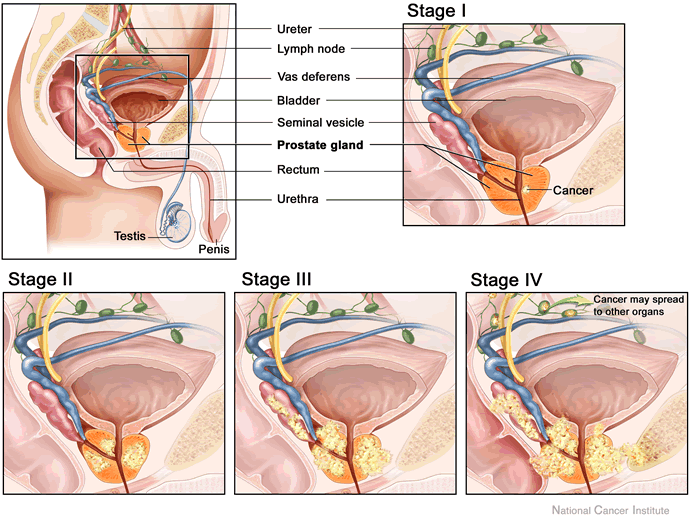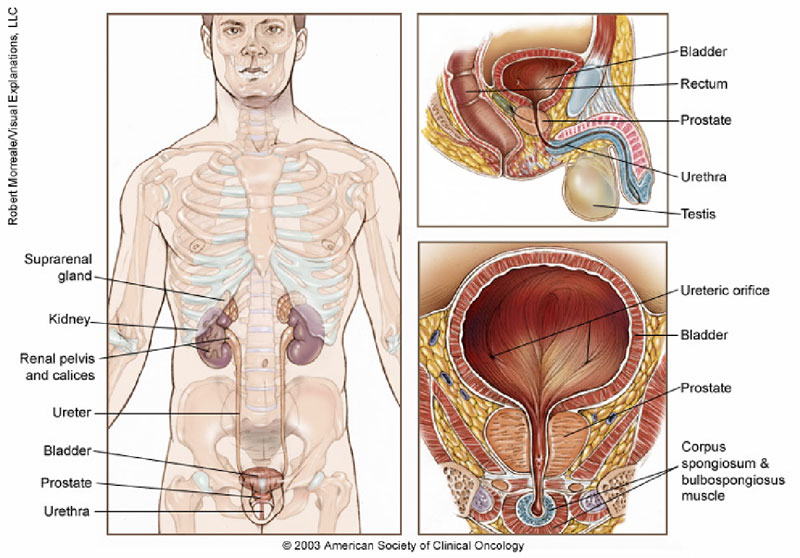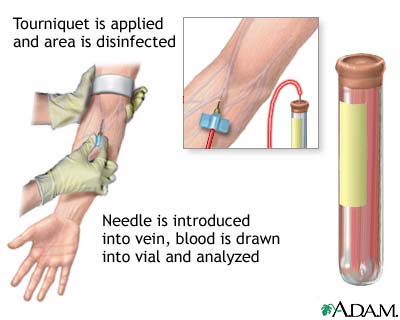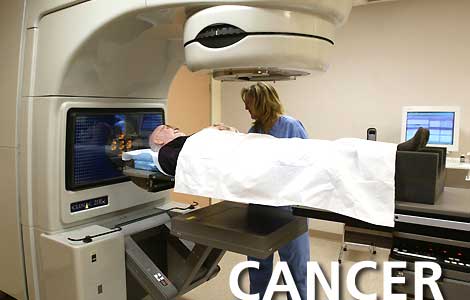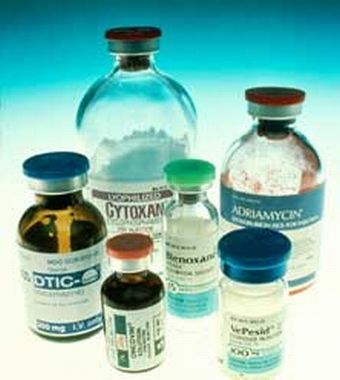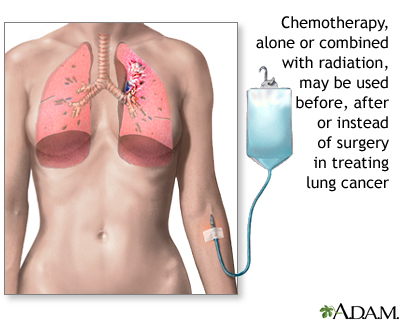Skin Cancer - Types-Causes-Symptoms and TreatmentIn recent years, the incidence of skin cancer around the world has escalated and the condition now affects millions of people worldwide. The usual cause is prolonged exposure to the harmful ultraviolet radiation in sunlight. The risk is higher if anybody lives or takes vacations in areas with intense sun. The recent depletion of the ozone layer is thought to have played a part in increasing the incidence, because the ozone layer acts as a shield against harmful ultraviolet light. In addition, tanning booths, which use ultraviolet light, may cause this cancer. People who have fair skin are especially susceptible because they have low levels of melanin, the pigment that gives the skin its color and helps protect it from the sun's harmful ultraviolet rays.
The four essential types are;
. Melanoma, a pigmented skin tumor that is quite serious and may be life-threatening.
. Basal cell carcinoma, the most common skin tumor, which is locally invasive and destructive (it destroys tissue in the immediate area), but is usually does not spread or result in death.
. Squamous cell carcinoma, which is three times rarer than a basal cell carcinoma but behaves in a similar manner.
. Bowen disease, a cousin of the squamous cell carcinoma but more superficial, involving only the outer most layer of the skin.
The typical basal cell carcinoma is an elevated round-oval, pearl-like bump with some red coloration due to fine red blood vessels going across or into it. Sometimes several small bumps form a circle. They bleed easily and sometimes ulcerate. The squamous cell carcinoma is less well defined, has uneven, poorly visualized borders and may be a scaly, crusted, red elevation with a rough surface. Bowen disease usually is a red or pink plaque-like elevation with very clear borders. Basal cell carcinoma and squamous cell carcinoma tend to occur on sun-exposed sites of the skin.
Causes: The cause of cancer is unknown. It is thought, however, that squamous cell carcinoma and basal cell carcinoma are related to an accumulation of sunlight over a lifetime. People with light complexions have these tumors more often than people with dark complexions. Malignant melanoma is believed to be associated with numerous severe sunburns during childhood, adolescence, or young adulthood. It, too, occurs more commonly in lightly pigmented people, especially those with blue or green eyes, freckles and almost white skin. A tendency to develop melanoma seems to run in families.
Symptoms:
. Skin lesions with persistent ulceration or bleeding
. Persistent skin lesion that changes size, shape, or color (skin changes).
Diagnosis: A Biopsy should be done on any suspicious skin lesions. When evaluating pigmented skin lesions, the physician usually looks for good and bad signs. Bad signs include
. Uneven pigmentation or coloration of the lesion
. Irregular borders
. Asymmetry
. Marked elevation
. Large size (bigger than a pencil eraser)
Treatment:
Medical Treatment: It required Surgical Treatment.
Surgical Treatment: All the types described above can be treated by means of excision and removal of the tumor. Surgical removal results in a better than 90 percent cure rate for nonpigmented tumors (basal cell carcinoma, squamous cell carcinoma and Bowen disease). Alternative methods for destroying the cancer include using liquid -nitrogen freezing (cryosurgery) or scraping with a curette and burning the tissue with electric cautery (electro desiccation and curettage).
The treatment of melanoma depends upon the thickness of the tumor and the depth of invasion when examined with the microscope. When the tumor is thin and superficial, excision examination of the lymph nodes draining the skin area and chemotherapy.
Prevention: prolonged sun exposure increases the risk of this cancer, so limiting exposure to the sun is the best prevention, particularly for those with fair complexions. Most of it occurs on the head, neck and hands, so clothing (wide-brimmed hats, long sleeves) and use of sun block with a sun protection factor of 15 offers adequate protection.


